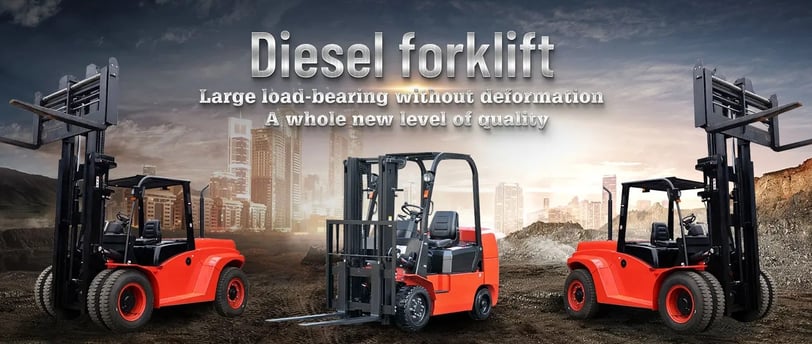Choosing the Right Forklift for Your Business: A Comprehensive Buyer's Guide
Choosing the Right Forklift for Your Business: A Comprehensive Buyer's Guide post description.


Title: Choosing the Right Forklift for Your Business: A Comprehensive Buyer's Guide
In today's fast-paced industrial landscape, selecting the appropriate forklift for your business is crucial. With various options available, each designed to meet specific needs, making the right choice can significantly impact productivity, safety, and overall operational efficiency. In this comprehensive buyer's guide, we'll explore key factors to consider when choosing the perfect forklift for your business.
1. Assess Your Needs:
Begin by assessing your business requirements. Consider factors such as the type of goods you handle, the layout of your workspace, and the frequency of use. This evaluation will help determine the type and specifications of the forklift best suited for your operations.
2. Understand Forklift Types:
Forklifts come in various types, each tailored to different applications. From counterbalance forklifts for indoor use to rough terrain forklifts for outdoor environments, understanding the distinctions between types will aid in making an informed decision.
3. Evaluate Load Capacity:
Ensure the forklift's load capacity aligns with your business's requirements. Overloading a forklift can compromise safety and lead to accidents. Assess the weight and dimensions of the loads typically handled in your facility to determine the appropriate load capacity needed.
4. Consider Maneuverability and Size:
Factor in the size and maneuverability of the forklift, especially if your workspace has limited space or narrow aisles. Compact forklift models or those with enhanced maneuvering capabilities may be preferable for tight working environments.
5. Prioritize Operator Comfort and Safety:
Invest in forklifts equipped with ergonomic features and safety enhancements to prioritize operator comfort and minimize the risk of accidents. Features such as adjustable seating, ergonomic controls, and integrated safety systems contribute to a safer and more efficient work environment.
6. Budget and Total Cost of Ownership:
While upfront costs are important, consider the total cost of ownership over the forklift's lifespan. Factor in maintenance requirements, fuel or energy consumption, and potential downtime to accurately assess the long-term financial implications.
By carefully evaluating your business needs, understanding the available options, and prioritizing safety and efficiency, you can confidently choose the right forklift for your business. Remember, investing in the appropriate equipment tailored to your specific requirements is key to driving success and maintaining a competitive edge in today's dynamic marketplace.
